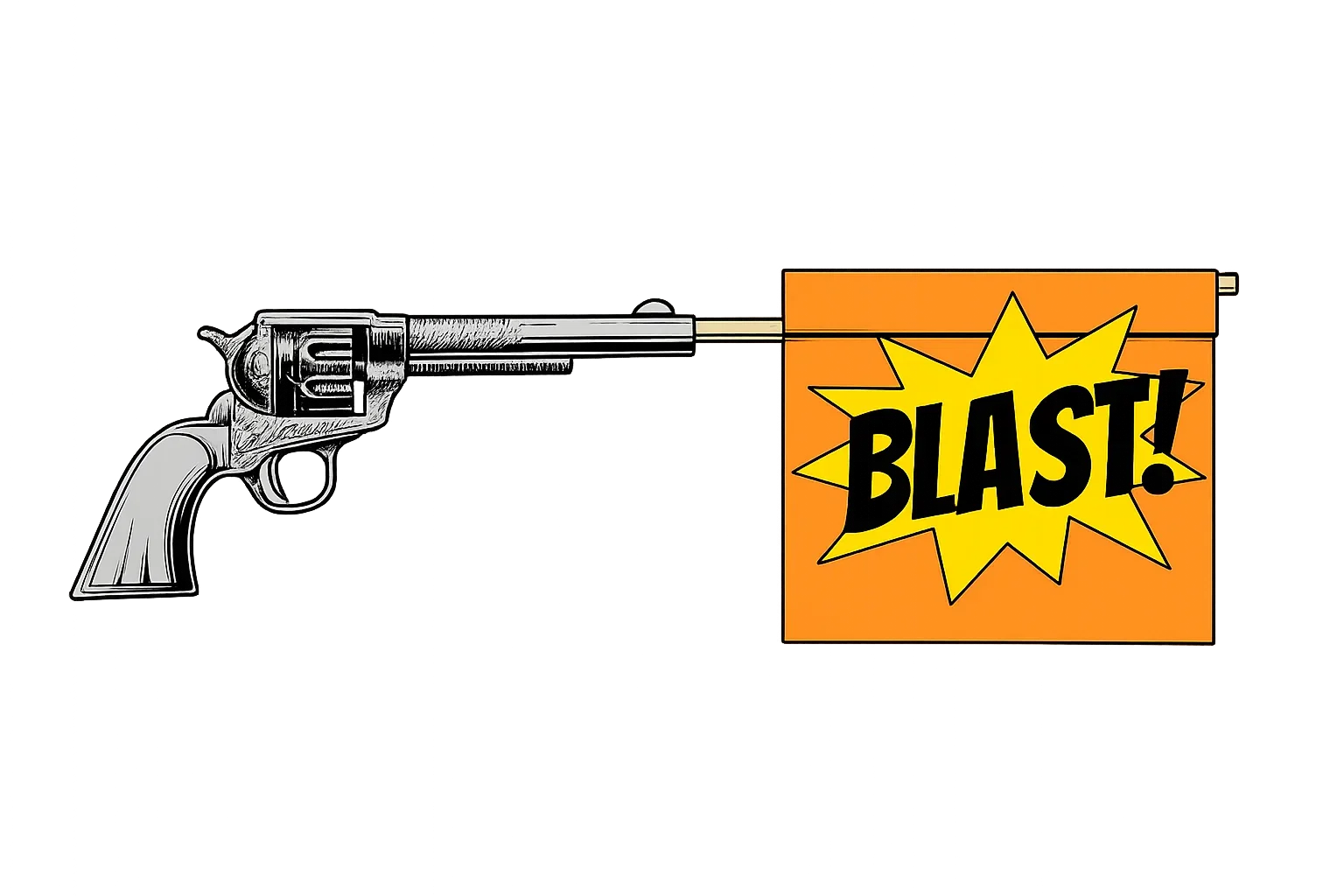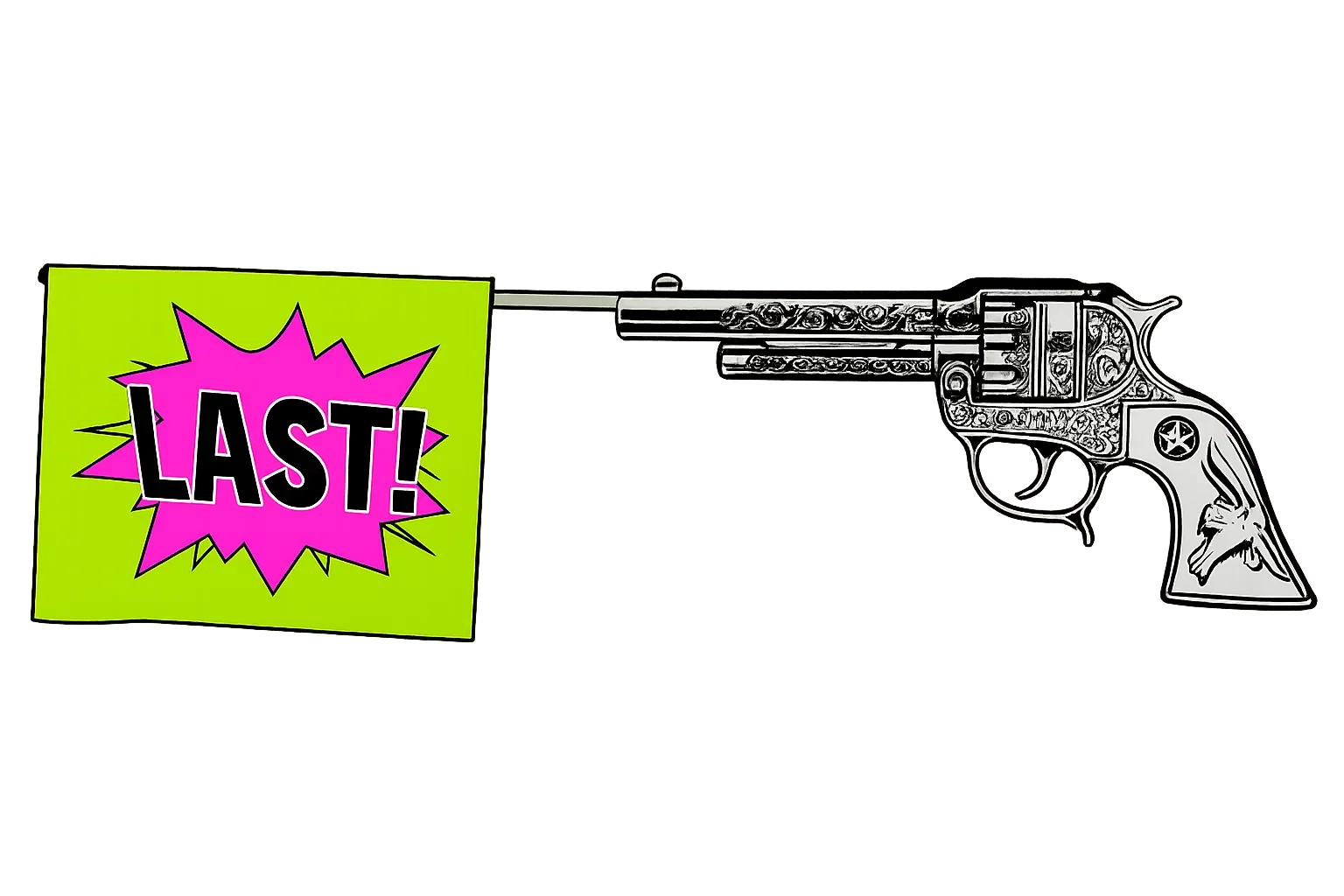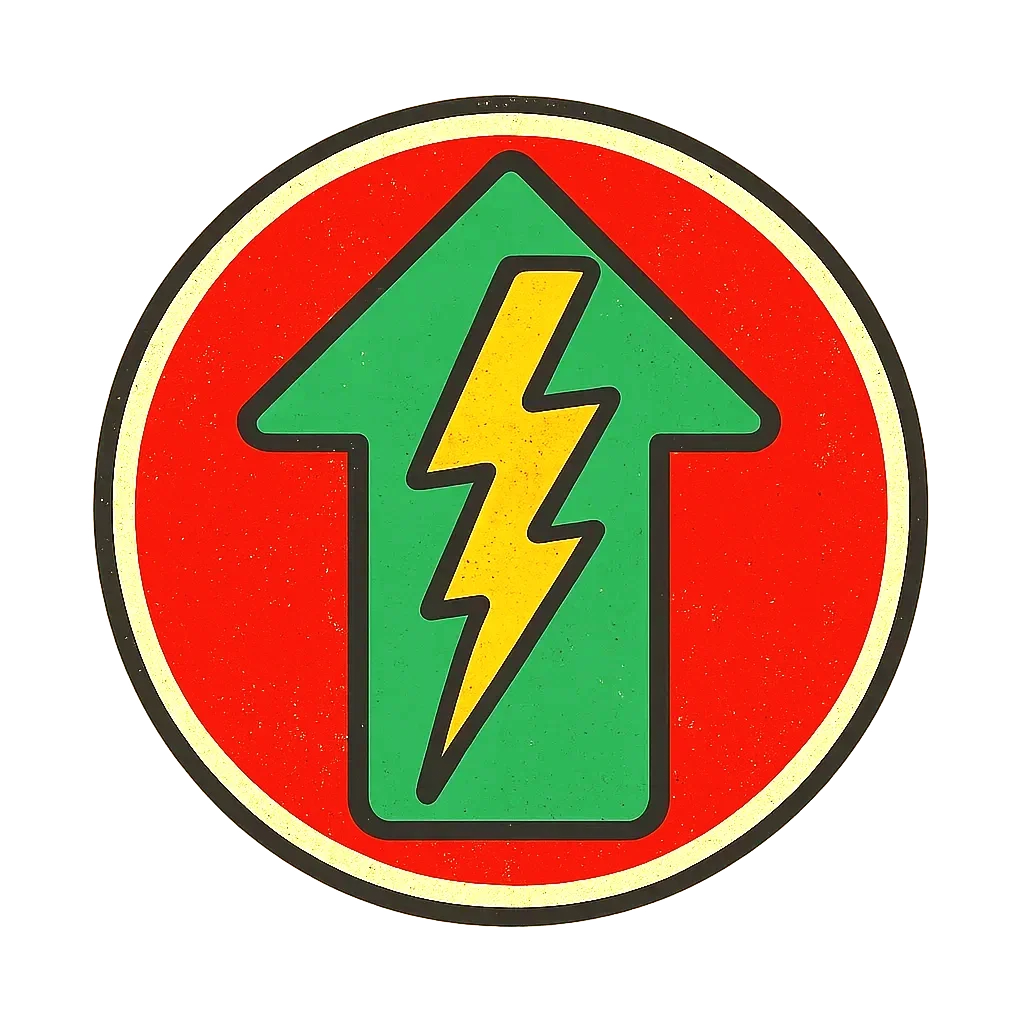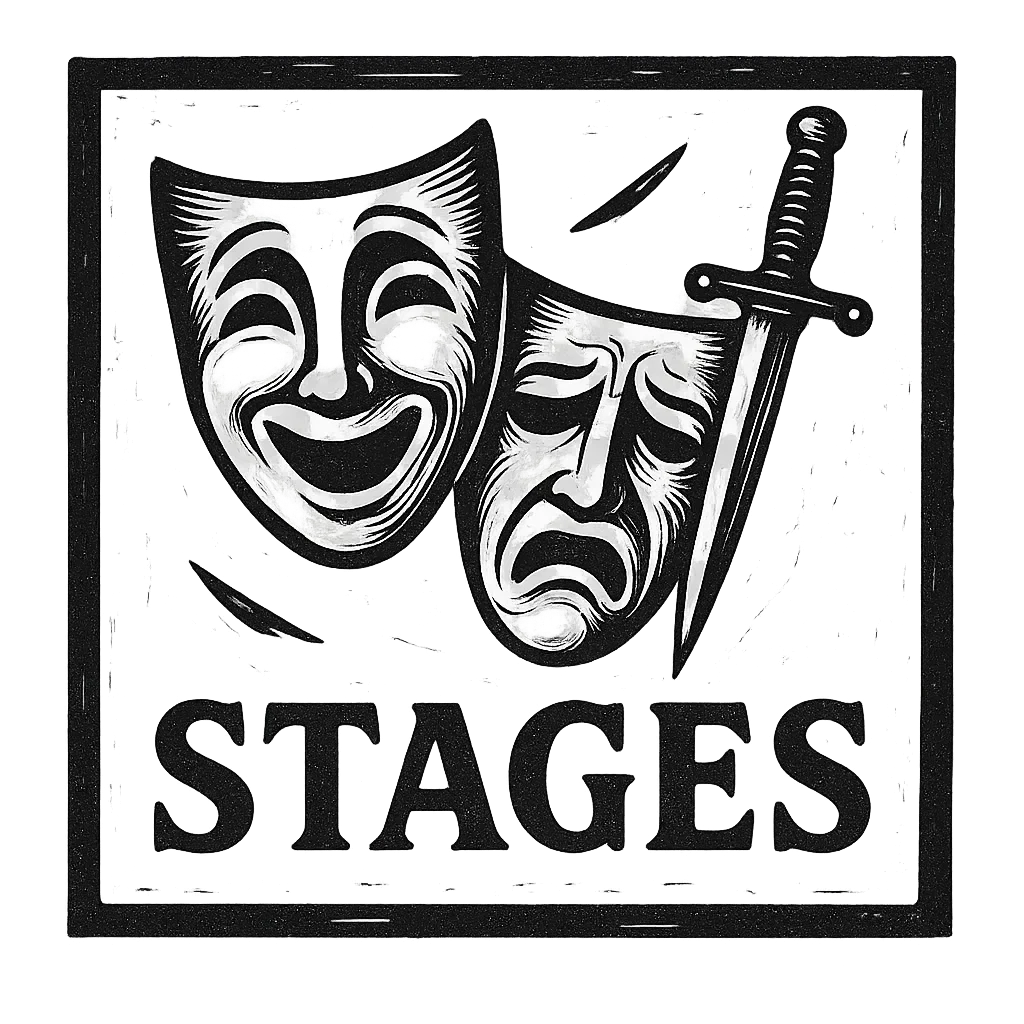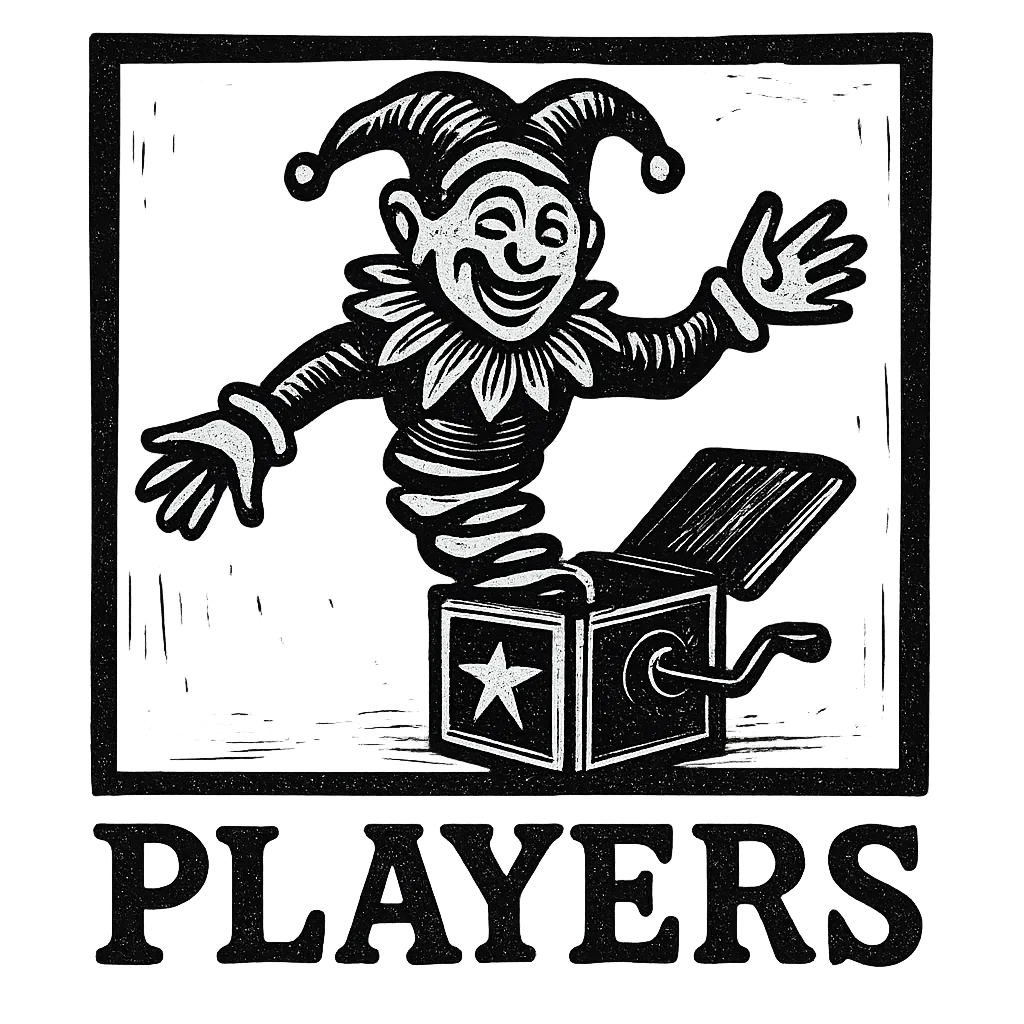Operation American Tornado II
1967
Between 1965 and 1967, The Get Quick launched two chaotic attempts to conquer America—wedged between an impulsive, patchwork recording frenzy and a globe-spanning “world tour” stitched together with duct tape and divine madness.
Recollections degrade. Files are lost. Fingerprints are forged. Timelines blur. Gigs vanish. Sessions bleed into séances.
29 May 1967 – San Bernardino @ Swing Auditorium
San Bernardino, in the oppressive heat of the afternoon, welcomed them—an oasis of sweat and heat waves, the air thick with the scent of poured asphalt and poorer destiny. The Swing Auditorium stood like a sentient structure, eyes watching as the early crowd trickled in—men with stubble and women in dresses clinging to the last warm breath of spring.
The Get Quick arrived, not as saviors, but as an unruly tempest, brought in by some hidden hand of fate. The energy they brought was wild, the band playing with the intensity of fever-dreams where every cymbal crash was a sharp, jagged knife through a thick curtain of static. Mitchell Joy, looking as though he carried the weight of all roads crossed in his soul, struck the drums like he was rebelling against the very concept of time. Each thrum of the bass rattled the bones of the place.
S. True Smith noted men in black trench coats photographing every song from a different seat.
Their set was an invitation—an incantation—to let go of the world and fall into something new, something primal. By the final note, the crowd was left shuddering in the wake of a battle fought only with sound.
2 June 1967 (2 shows) – San Antonio @ Joe Freeman Coliseum 1 p.m. — Galveston @ The Balinese Room 9:25 p.m.
Two shows, two triumphs. The Coliseum—like a coliseum for the modern-day gladiators—was a churning cauldron of youth, teeth, and energy. The first crowd filed in, greased with restless sweat and eager for justification. Some had been waiting all day. Mitchell Joy surveyed them with a half-smile, his eyes like that of a man who knew exactly what to do with chaos, and the drumsticks in his hands were but the wands of a conductor of shock and awe. Coco LeBree—ever enigmatic—whispered secrets into the bass strings, coaxing violence and beauty from them like an acrobat testing the limits of gravity within the pink folds of a conch shell. Christian Hait’s Hammond organ hummed in the background like a churning, methodical beast—each key a deliberate step in some dark and glorious ritual.
In Galveston a boatload of Cuban defectors washed ashore claiming to have “followed The Get Quick’s transmissions.” Their boat radio was tuned to a frequency used only during WWII submarine ops.
The band wasn’t just hitting the notes in a series of songs; they were weaving spells of sound and silence, making the audience fight their own desires for what they’d come for. By the end of the second show, the room pulsed like a heart ready to burst.
4 June 1967 (2 shows) – Excelsior @ Excelsior Amusement Park
Sylvia Lane was a handwriting analyst hired to examine a series of threatening fan letters. She never made it to the band. Instead, she holed up in a motel off Hennepin Avenue, chain-smoking and slowly becoming convinced the author was herself in the future.
The letters grew more desperate. One ended: “Tell Coco to stop tuning the frequencies. They’re waking things up.”
The air buzzed with the electric hum of possibility as they played in the shadow of the Ferris wheel, the echoes of joyous screams mixing with the surreal symphony of their sound. Here, where youth and fantasy collided, The Get Quick didn’t merely perform—they existed in their most fully-realized form—and they set the stage for an otherworldly narrative.
The music swirled through the park, so powerful it seemed to lift the carousel, the neon lights, and the cotton candy into the air, turning everything into a riot of shape and color. Coco LeBree’s reedy voice flitted through the night like a haunting melody from some forgotten dream. Erik Evol—eyes wild, shaggy hair like the untamed winds of mythology—carved through the darkness with the singing blade of his guitar, a warrior among children. The audience, at once drawn in and terrified, danced—propelled by Mitchell Joy’s intoxicating rhythms, possessed by the spirits of sound—their movements erratic and full of frenzy.
8 June 1967 – Omaha @ Music Hall Auditorium
You could taste the dust in Omaha’s air, gritty, raw. The Music Hall was an old joint, like a scene out of some outlaw film, with creaky floors and the musty scent of a thousand performances.
Private First Class Irvin Dorr was AWOL from Offutt Air Force Base, drunk on Blitz and itching for desertion. At a diner across from the venue, he watched The Get Quick’s tour van from behind a plate of Salisbury steak. He swore the shadow of the van looked like a hovering mechanical centipede.
He went back to base the next day, turned himself in, and requested immediate reassignment to NORAD. Later, he claimed to have “heard the code beneath the music.”
But that night, inside, the lights hit hard and sharp, and The Get Quick came alive, playing with the kind of rage that only builds in places like this. The drums hammered, furious and quick, like the beating of hooves on dry land, while Coco’s bass shook the ground, a subterranean roar.
Nigel Strangeways reported hearing a second band coming through the monitors—playing exactly two minutes ahead of The Get Quick.
Meanwhile Erik and Hait’s guitars unleashed a torrent of sound, tangled in a violent knot, a battle fought between the two of them, but in the end, it was the audience that was left bloodied—gasping for air, swallowing the sound, choking, trying to hold on to something real as the final note ripped through the air like a bullet through glass.
10 June 1967 – Detroit @ Olympia Stadium
Detroit, city of industry and rebellion, where sweat slicked the streets and rust sat heavy on the horizon. The Olympia Stadium was a cathedral of metal, but The Get Quick brought fire, and the cold machinery of the building began to burn. The guitars—a language of their own—clashed and collided like armored legions in an ancient battle, the sounds filling every corner, every shadow.
During “Flesh in Stereo,” Christian Hait’s Vox Continental began playing by itself, layering overtones that no one remembered recording. Coco stared at Ragged Jack and mouthed, “That’s not our signal.” The city watched as the band played like a pack of wild beasts—unpredictable, untamed. Mitchell Joy—a blur behind the drums—fought with them, fought with the music itself, as a royal knight marches under command into the sea to do battle with the waves.
Three audience members claimed to have simultaneous nosebleeds and prophetic dreams of machinery drowning in oil.
Flashing bombast! Glistening rain of fire! By the final, crashing chords, the crowd stood breathless, shaking with the aftershocks, in quivering awe of something vast, dark and primal, newly awakened.
14 June 1967 – Pittsburgh @ West View Park
An unnamed man jumped from the roof of the Monongahela House during load-in. He left no ID—only a napkin tucked in his coat pocket that read, “I am the double of the one on stage.” When shown photos of the band, multiple venue staff claimed the man looked like a fifth member—one they didn’t remember, but now couldn’t unsee.
At West View Park, The Get Quick played like they were stepping through a portal to some forgotten, mythic age—where the songs weren’t mere collections of sounds, but the very breath of gods. The crowd? They were swept up in it, running like hounds to the sound, caught in the tangled rhythm of the drums and bass. The music yanked them to their backs by the ankles, rolled over them in pummeling waves, flooding their senses with hypnotic fury. It was more war than performance—a battle of sound versus silence, where the silence was crushed beneath the weight of every beat.
During “Perfect Weightlessness,” Erjk collapsed mid-solo and later described a woman with moth eyes whispering coordinates into his spine. Christian claimed the coordinates led to a lake in Siberia. They never played the song again.
Joy’s drumming throbbed like a tribal call, each strike a declaration that would never be undone. LeBree’s bass carved deep into their spines like a mark that would never fade. Evol’s guitar howled, twisted, turned, as though the very night itself was a creature, clawing for release. It was madness, it was beauty, it was everything and it was all right now.
15 June 1967 – Syracuse @ Onondaga County War Memorial
Here, in the hollowed-out cathedral of sound, The Get Quick became something more—like strange gods speaking in tongues, weaving a spell with the audience held captive in a trance. The War Memorial vibrated with the tension of anticipation. FBI agents were spotted interviewing the venue’s janitorial staff.
Five fans in the front row passed out in synchrony when Coco hit a low E. When revived, they sang in an unknown language.
Each note seemed to hold the power of a thousand prayers, delivered with unrelenting ferocity. Erik, with his eyes half-closed, seemed to speak directly to the mythic realms with every strum. Coco, like a sorceress in command of her power, moved with elegance but unleashed her bass like a force of nature. Joy’s presence was magnetic, a silent command to the crowd, easily coaxing them into the rhythm, making them part of the ritual. Hait’s organ blasts wailed like the wind through the tombstones of a forgotten valley, and the entire hall—each rafter, each beam—shuddered as the music swallowed them whole.
16 June 1967 – Harrisburg @ Farm Show Arena
In Harrisburg, the Farm Show Arena felt like a battlefield where a dozen forgotten warriors had fought and fallen. The audience was hungry for something raw, and The Get Quick served it up like a plate of sizzling carnage in a pool of hot sauce called pure violence. The music didn’t just fill the space—it punched its way into every corner, every crack.
Someone switched Mitch’s kick drum mic with a transponder from a weather balloon. The signal caused a flyover by two unmarked jets. The gig continued uninterrupted. Coco improvised a version of “Cold Ministry” that has never been repeated.
The guitars screeched with the intensity of a thousand storms, the bass thudded like a warhorse, and Mitchell Joy’s drumming—the thudding of a thousand heartbeats charging side-by-side into battle—pounded the air. It was as though every hit, every note, was a reminder that chaos was real, that music could be a weapon, a phalanx, a key to unlock the tethers of so-called reality. The crowd responded in kind—shouting, screaming, dancing, like a tribe who had just rediscovered the gravity of their long-lost gods.
17 June 1967 (2 shows) – New York City @ Carnegie Hall
The grandeur of Carnegie Hall—an old palace of music, a place for polished strings and classical scores—was utterly torn apart by The Get Quick. It was an intrusion, a glorious defilement of everything Carnegie Hall had stood for. The band came out like spectral warriors, anachronistic in their ferocity.
During what should have been an ordinary soundcheck Erik activated his Black Amber tone and awakened something in the ceiling—several lamps began to rotate and hum while ceiling sections seemed to visibly ripple. Backstage, a man with no fingernails attempted to hand Penny Packer a diplomatic pouch from “the other State Department.” She shook her head and screamed.
Marlene Goss was casing the dressing rooms for her third B&E of the week when she stumbled upon a woman dressed in identical clothes, wearing her stolen earrings. The woman spoke in a French accent and told Marlene that her life had “already been drafted.”
Mitchell Joy’s drumming rang out, clanging like swords and shields, fierce and unrelenting. Coco’s bass shook the very foundation with an earthquake of sound. Erik and Hait, lost in the haze of the thorny stems of their own intertwining music, seemed to fall into a trance. Their guitar strings sang like tortured spirits, the music relentless and unyielding. No one expected it—no one understood it—but they had been made to listen, forced to confront something they were unprepared for. The audience sat transfixed, caught in the grip of something new, something old, something forgotten now remembered, something dark and epic and aware and dangerous. Something they would never forget again.
23 June 1967 – New York @ Academy of Music
The Academy of Music, a storied venue that once hosted the voices of high culture, now trembled under the weight of something far darker—The Get Quick. The performance, more ritualistic circus than pop concert, unfolded as though the band had stepped into the city from another dimension, their every note, utterance and step resonating like an elaborate incantation. Mitch, conducting via the pounding of his drums, seemed to channel the ancient eldritch emanations of the island, each beat a pulse from the very heart of New York. The guitars of Erik and Hait rained down like fiery meteors, shattering the calm of the classical surroundings. Coco’s bass wrapped around the audience like a hypnotic spell, a perfumed boa pulling them deeper into the dark mythos of the band. And the crowd—captivated, enchanted—responded with an almost religious fervor.
This was the moment pop music stopped being just music. It felt like the beginning of something new, something transcendent.
The Secret Service conducted a “brief cultural review” of the show. Five agents were later hospitalized for dissonant panic syndrome.
Afterward, Coco asked if anyone else had seen the white-eyed child in the lighting rig. Only Hait nodded.
24 June 1967 – @ Philadelphia Convention Hall
Philadelphia. The heart of the nation’s rebellion and now the site of The Get Quick’s latest uproar. The Convention Hall was a cauldron of wild-eyed youth and restless souls. The air was thick with cigarette smoke, and the audience moved with the energy of a pack of wolves. This was the group’s original stomping ground, and the crowd seemed to feel something owed. Gods only know if they got what they bargained for.
Clarence Bell, overnight janitor at the Hall, had never heard of The Get Quick. He was in the boiler room replacing a cracked valve when the vibrations from “Trapezoid Night School” made the pilot light speak his brother’s name, a brother buried sixteen years.
Later, he quit, took a bus to Phoenix, and joined a small Christian Scientist sect that believed sound could raise the dead.
Mitchell Joy hammered the drums with the force of a wrecking ball, and every time he struck the cymbals they rang like chimes of doom. Coco’s bass—upfront, heavy and unrelenting—could’ve been the sound of the city’s coursing blood, the pulse of all the underground noise that had come before. Erik and Hait’s guitars wove a tangled web of sound, like two samurai locked in combat, each chord a strike, each note a counterattack. Towers of sound energy glowed over their heads like space-age avatars throwing shapes of naked aggression over the crowd. The crowd? They were transformed. They were transformed into warriors now too—roaring, punching the air, part of the madness.
27 June 1967 (2 shows) – Peoria @ Exposition Gardens
Peoria, on a summer’s eve, was a strange contrast to the chaos within Exposition Gardens. The venue—a grimy relic of an older time—seemed to suck in the very essence of the band’s power, and what came out was a torrent of unrelenting sound. The first show was a riot, a test of endurance, where the crowd’s wild energy mirrored the frenzy of the band. Mitchell Joy’s drumming seemed to roll like echoing thunder across a parched landscape, each beat a reverberation that shook the very bones of the audience.
Mitchell’s snare drum burst into flames during the intro to “Amber Eyes.” Ragged Jack doused it with whisky. Coco’s basslines throbbed like the roiling sea, each accent hitting like waves crashing upon the rocks, his energy relentless and powerful, unrelenting.
A woman in the third row gave birth to what was later described in The Chicago Reader as “a liquid glass lizard with a radio voice.”
While Evol and Hait—like ghosts from some lost, forgotten myth—drifted through the air with their guitars, their fingers tracing shapes in the dark—complex equations of runes and sigils.
By the time the second show began, the air was thick with a sense of inevitable collapse, the audience zapped out, lost in the haze of it all, their essence infused with the unknowable now.
29 June 1967 – Chicago @ Arie Crown Theater
The band performed for thirty minutes before anyone in the audience arrived. They swore the house was full.
Chicago’s Arie Crown Theater—vibrating with the echoes of thousands of voices, like a waves of barbarians rallying for a siege-war. The crowd surged like an ocean, and The Get Quick unleashed their fiery fury upon them.
Evol and Hait—guitar gladiators in a death match—spun their strings in furious arcs, setting the stage for a spectacle of sound and light.
Mitchell Joy, ever the unhinged dynamo, beat his drums like a man possessed. Each strike sent shockwaves through the air.
Coco’s bass growled like a hungry animal, calling to the audience to follow its primal rhythm.
The crowd? They were no longer just spectators—they were part of the frenzy, their collective energy feeding the fire that blazed on stage. Every song felt like a battle, each chorus a victory. By the end, they were left panting in the aftermath, exhilarated but exhausted.
Mox discovered a reel-to-reel recorder under the stage playing a loop of Coco’s laughter. No one knew who set it up.
Joss swears the van was followed afterward by “a floating cat in a red uniform.” He has never explained what that means.
30 June 1967 – Decatur @ Kintner Gymnasium
A group of high school girls cut class to follow the band’s bus. One of them, Cherry Fontana, insisted that the group’s organist had winked at her—and she’d heard a phrase in her head when he did.
By nightfall, she’d disappeared. Her friends swore she simply walked into the waves. Three years later, she showed up in a German photo-zine modeling radios made of bone.
The gymnasium was more a war room than a concert hall, the smell of sweat and anticipation mixing in the air. The crowd—rowdy, eager, ready to be consumed—pressed in on all sides. And The Get Quick responded like soldiers entering the fray. Mitchell Joy, with eyes like a man who had seen a thousand wars, drummed with the ferocity of a general commanding his troops. Coco’s bass was a low hum, felt more than heard, a rippling warning in your guts.
Erik and Hait’s guitars clashed like blades, sharp and brutal. The crowd screamed, moved, and swelled as the band tore through their set. Every song was a skirmish, every note a confrontation, but The Get Quick always emerged victorious, leaving nothing but exhausted souls and broken hearts in their wake.
Valerie and Gwen were sisters. Gwen loved The Get Quick. Valerie had never cared for them. But that night, something in the stage lights shimmered and Valerie collapsed in a laughing fit that didn’t end for two hours.
Gwen took her home. She never stopped laughing. Doctors called it “aural seizure syndrome.” Valerie called it “the joke the stars made.”
1 July 1967 – Springfield @ Illinois State Armory
On this night this fortress of concrete and history became the stage for a different kind of battle. The Get Quick arrived not as musicians, but as invaders armed with the instruments of war. The crowd, packed in the cold concrete walls, was ready for an assault. And what an assault it was. Mitchell Joy was a warlord on his drums, each beat sending tremors through the ground while Coco’s bass pulsed like the rhythm of the earth itself, a steady thrum that filled the space and induced awe and fear.
A wild black horse charged through the venue during “Sapphire Zero.” Security claimed it “galloped out from a solid wall.” Audience members reported missing time. One girl claimed she saw Christian split in two and accompany himself on the organ.
Erik and Hait’s guitars stung and struck like scorpions and cobras. Musical weapons, tearing through the air like blades of lightning. The crowd—frenzied, possessed—danced like wild, disembodied spirits, caught in the eye of the storm. By the final note, they collapsed breathless, broken, but somehow elated, elevated, as though having been ushered over to another plane of existence.
12 July 1967 – @ Denver Auditorium Arena
Nestled beneath the rising peaks, Denver saw The Get Quick storm the Arena like a biblical flood. The high altitude didn’t faze them—if anything, it seemed to sharpen their senses, giving the music an ethereal edge. The crowd, already high on altitude, now took the band’s sounds and wove them into their own delirium. Coco’s bass swelled with the breath of the earth itself, each thrum a rumble deep in the ground.
A storm system moved in overhead but rained only on the audience. Onstage, the band remained bone-dry under a clearly cloudless ceiling.
Mitchell Joy—gritty, relentless—struck the drums with a fury that seemed to echo against the very mountains. Evol and Hait wove sound like threads through the air, each note a step toward some inevitable, glorious collapse. The crowd—wild, ecstatic, completely under the spell—danced, screamed, and wept, giving themselves over completely to the raw, untamed energy.
Leo Parnassus, an informant with three masters (CIA, the IRS, and a soft-spoken “cultural attaché” from Uruguay), was instructed to track the strange uptick in missing persons at The Get Quick concerts. He never entered the venue—just watched from his parked Ford and took notes.
The notebook recovered from the glove box weeks later was filled with an invented musical notation, spiraling into unreadable glossolalia. Leo was never seen again.
14 July 1967 – Reno @ Centennial Coliseum
The town where everything went down and nothing stayed in place. The Centennial Coliseum was the perfect backdrop for The Get Quick’s next ritual. This was different kind of concert; it was a full-blown spectacle. Erik and Hait—their guitars like lightning in the desert—struck at the air with precision and rage. Coco’s bass was deep, dark, like a chasm you couldn’t climb out of.
Father Edgard Lemaitre sat on his church steps, watching the concert’s thrum ripple through the neighborhood. At the height of the encore, the stained-glass window behind him cracked along the outline of a serpent swallowing a man.
He later wrote a short book: The Feedback Gospel. It sold seven copies, one to Coco.
Mitchell Joy hammered out rhythms that could’ve shattered the sky. The crowd didn’t stand a chance. They were devoured by the sound, lost in it. And as the final song rumbled to a close, the audience stood in stunned silence, knees quivering, in danger of collapse, unsure of what had just happened—but knowing they had been part of something larger than anything they had ever know, something massive and uncontrollable.
Nina Cho, a PhD student in parapsychology, was studying sonic-induced trance phenomena. She brought her reel recorder, took notes, left before the encore. That night, she transcribed the tape and found a voice under the music repeating the phrase: “This time, we will not forget you.”
She published one article before disappearing from academia. Rumors place her somewhere in the Chilean Andes, tracking “the harmonic zones.”
